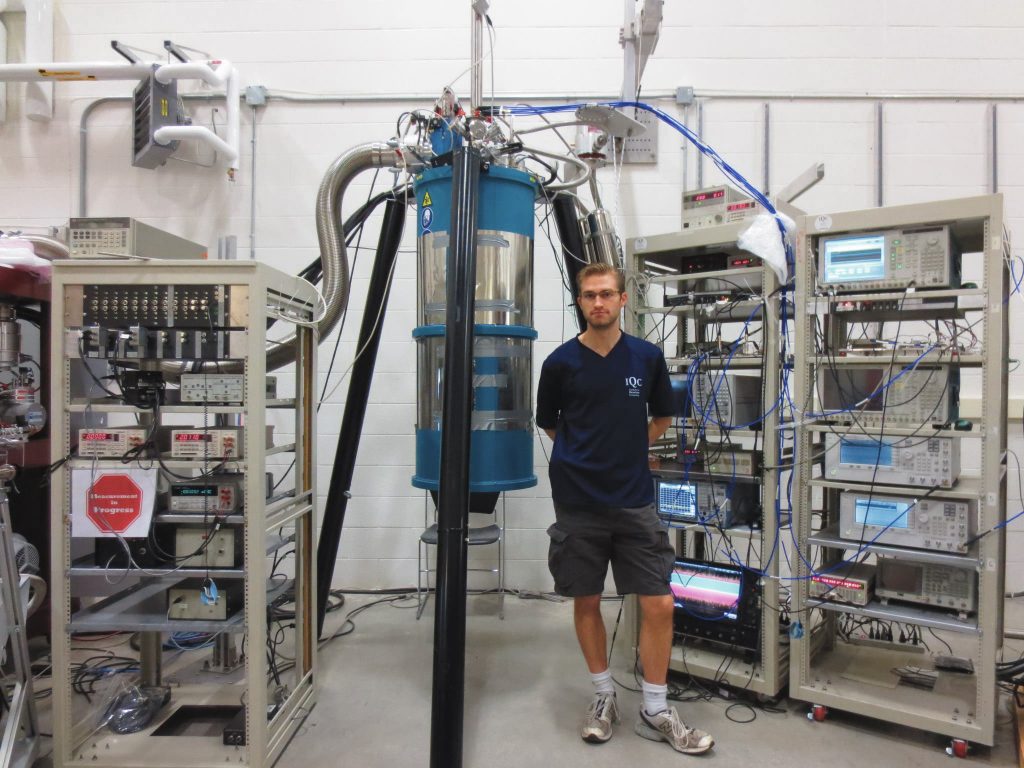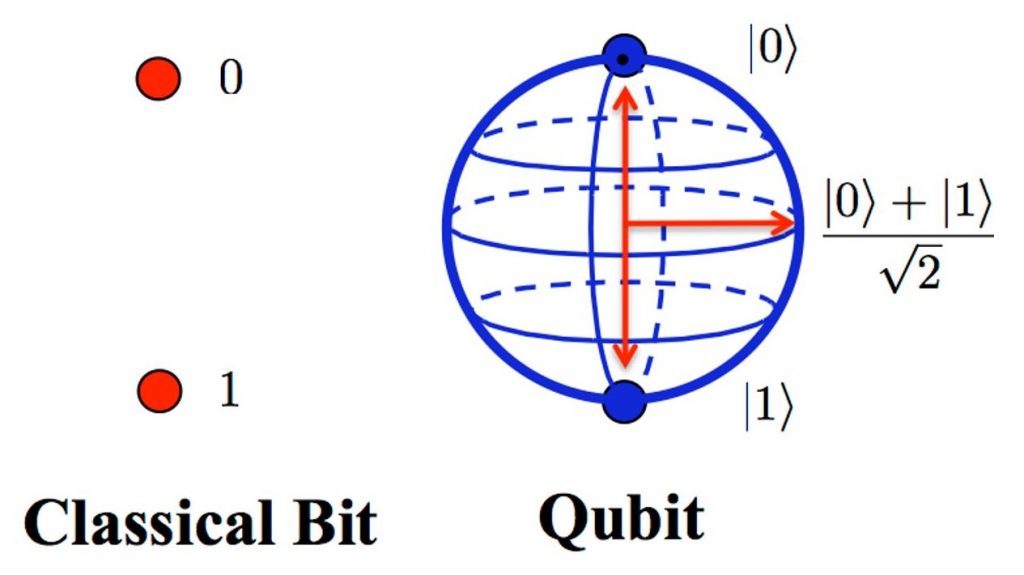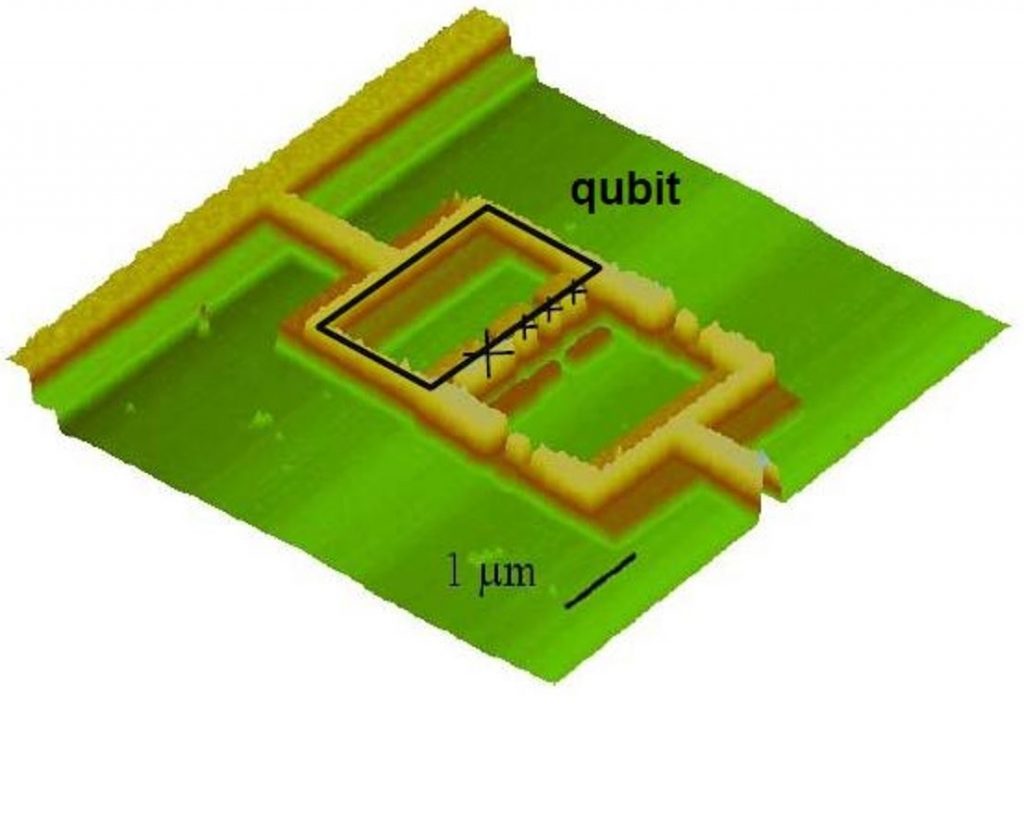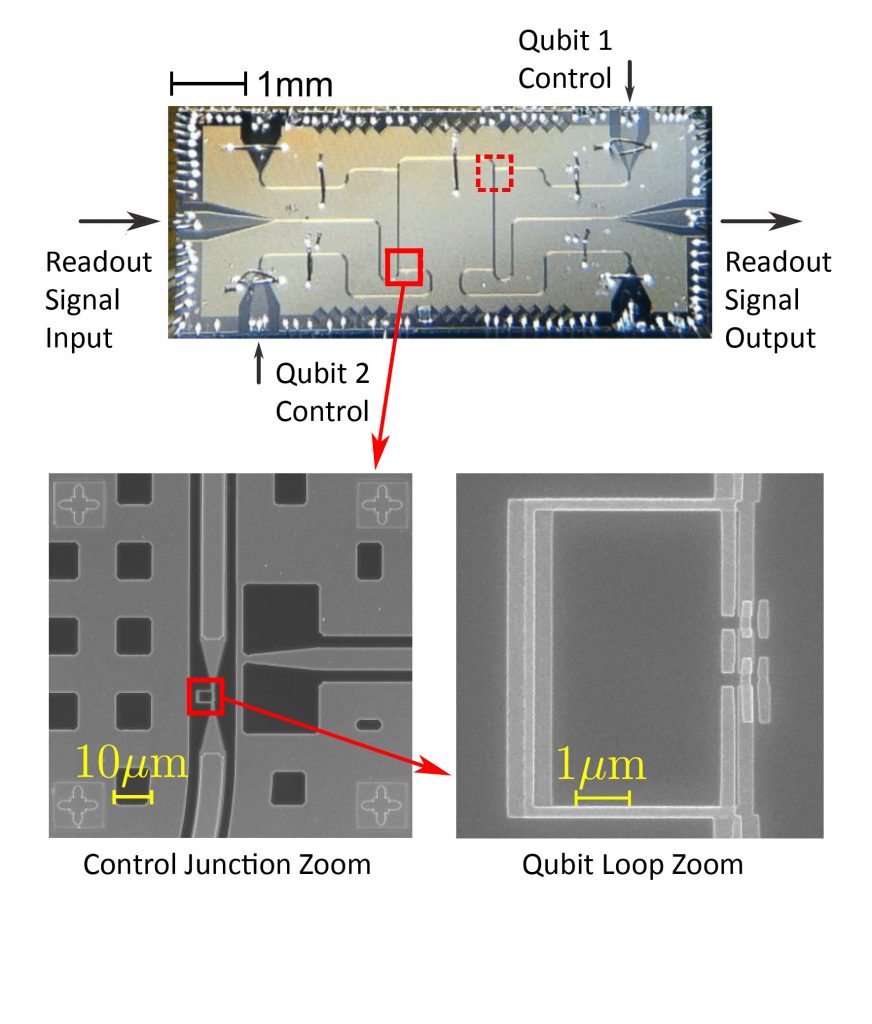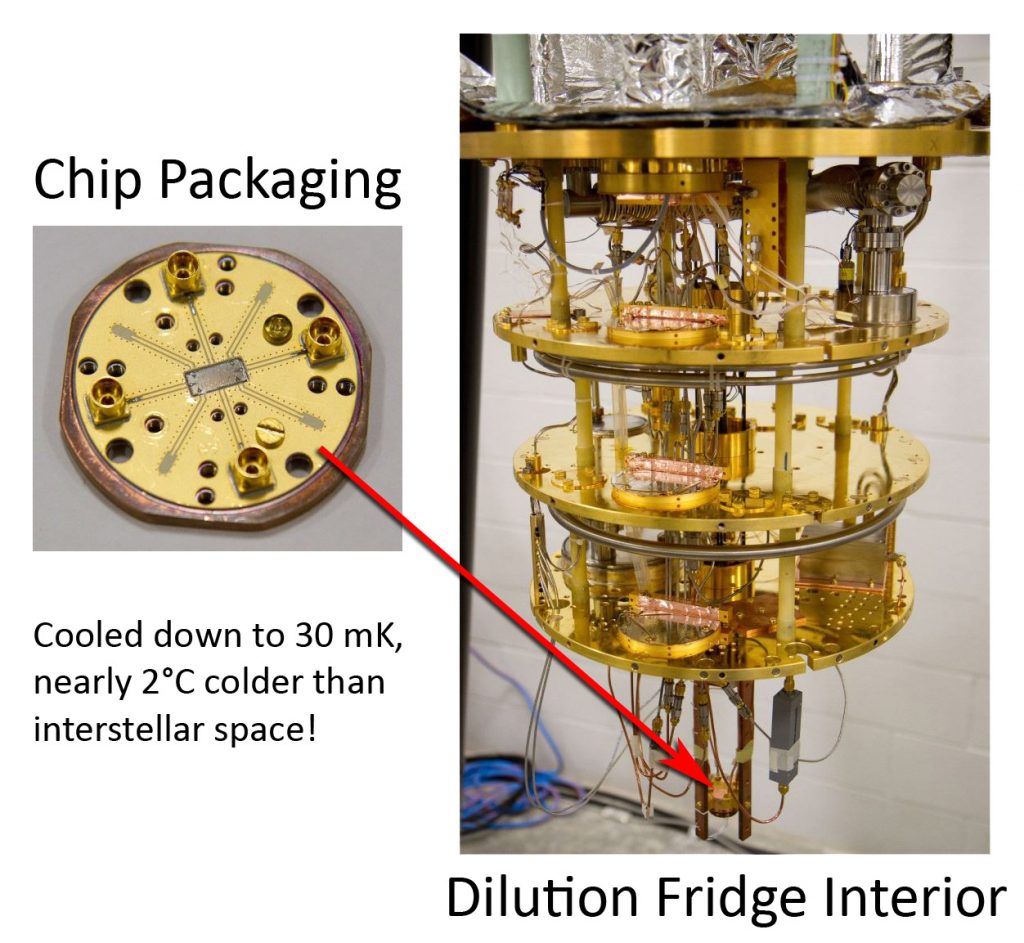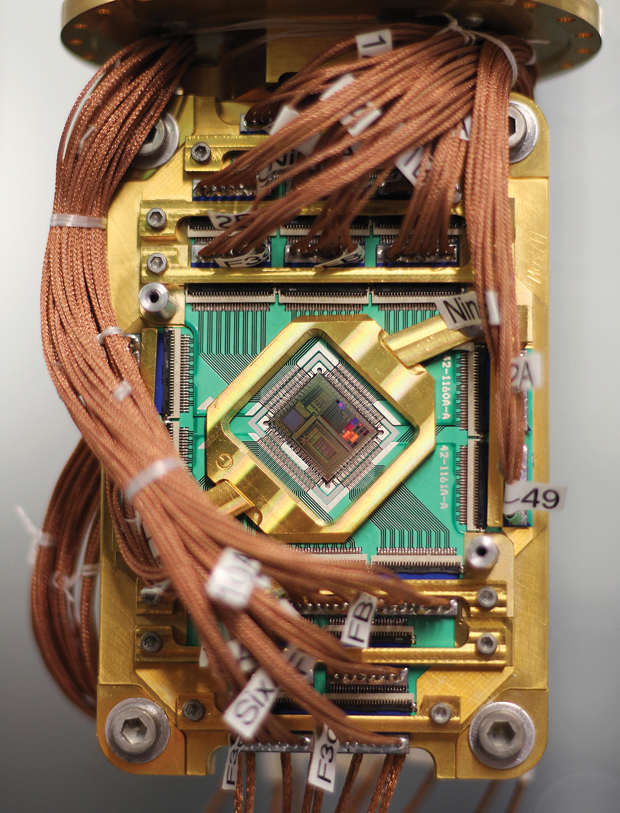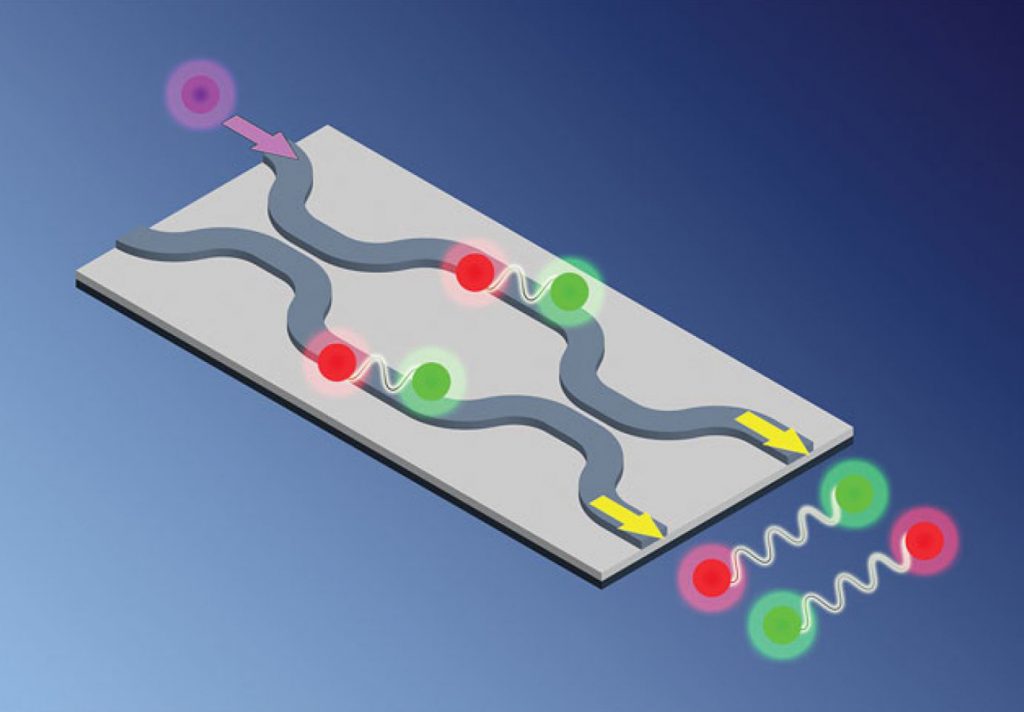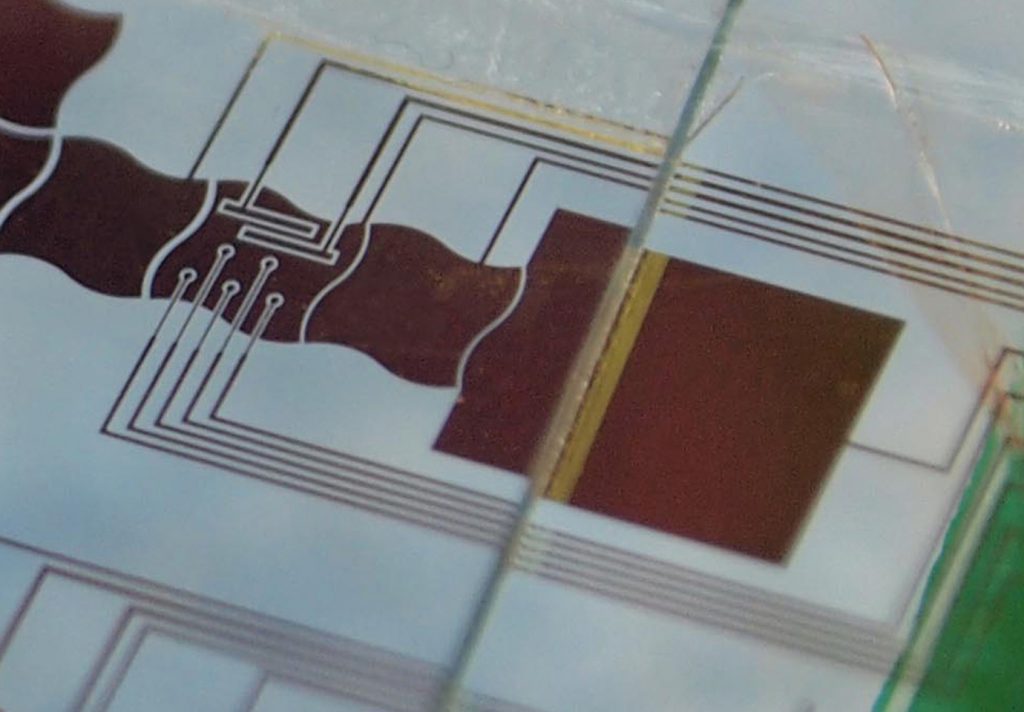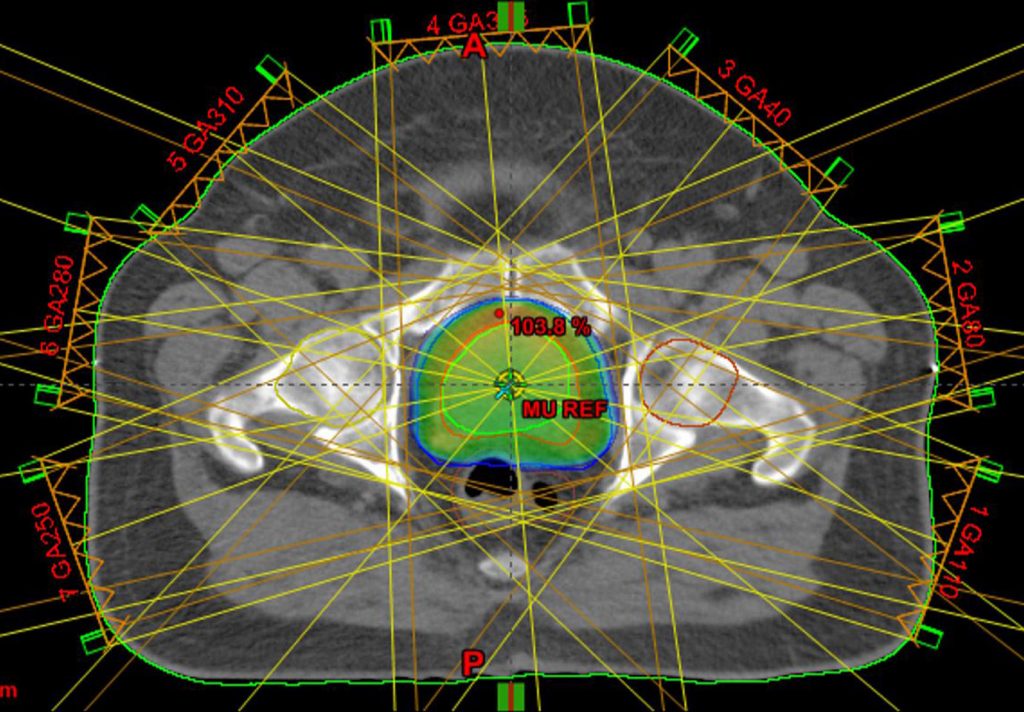While I cannot share my code, you can read some of its documentation here to gain a better understanding of its scope. For those feeling particularly adventurous, you can also read some of my presentation slides outlining one of the tomography algorithms here.
These contributions helped establish key capabilities for working with the quantum processor which led to our research team’s first published results on the device (viewable here). It also set the stage for pursuing more advanced multi-qubit quantum computing experiments.

Check out some of my other past projects!
I’ve worked on technical projects in a variety of fields. Here are some highlights:
